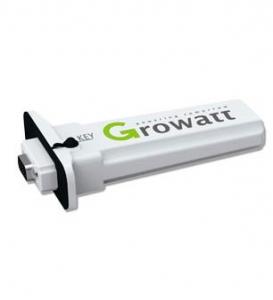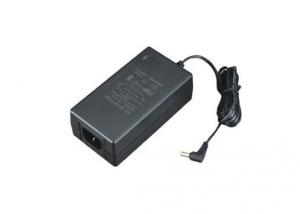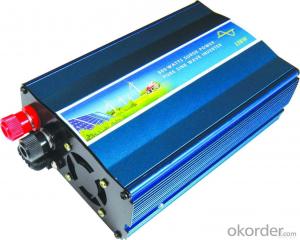Replacing A Solar Inverter
Replacing A Solar Inverter Related Searches
Solar Inverter Replacement Inverter Replacement Solar Cost To Replace Solar Inverter Upgrade Solar Inverter Install Solar Inverter Solar Inverter Upgrade Resetting Solar Inverter Choosing A Solar Inverter Use Of Solar Inverter Solar Inverter Installed Solar Inverter Installation Inverter With Solar Input Inverter With Battery Solar The Solar Inverter Convert Inverter To Solar Inverter With Solar Panels Inverter With Solar System Inverter For Solar Solar With Electric Inverter Solar Battery With Inverter Inverter With Solar Charger Inverter With Solar Panel Buy Solar Inverter Inverter For Solar Battery Broken Solar Inverter Solar Panels With Inverter Application Of Solar Inverter Solar Inverter Broken Solar Inverter Spare Parts Good Solar InverterReplacing A Solar Inverter Supplier & Manufacturer from China
Replacing a solar inverter is a crucial task for maintaining the efficiency and longevity of a solar energy system. Solar inverters are essential components that convert the direct current (DC) generated by solar panels into alternating current (AC), which can be used by homes and businesses. The products included in replacing a solar inverter typically involve selecting a suitable replacement inverter, disconnecting the old inverter, and installing the new one, ensuring that all connections are secure and properly grounded.The application and usage scenarios for replacing a solar inverter are diverse, ranging from residential rooftop installations to large-scale commercial and industrial solar projects. In any case, the need to replace a solar inverter may arise due to various reasons, such as wear and tear, technological advancements, or increased energy demands. It is essential to choose a high-quality inverter that matches the system's specifications to ensure optimal performance and reliability. Regular maintenance and timely replacement of solar inverters can significantly contribute to the overall efficiency and cost-effectiveness of a solar energy system.
Okorder.com is a reputable wholesale supplier of solar inverters, offering a vast inventory of high-quality products to cater to the needs of various solar energy systems. As a leading online platform, Okorder.com provides customers with a convenient and efficient way to source and purchase replacement solar inverters. With competitive prices and a commitment to customer satisfaction, Okorder.com is the go-to destination for those looking to replace a solar inverter and keep their solar energy systems running smoothly and efficiently.
Hot Products

















































